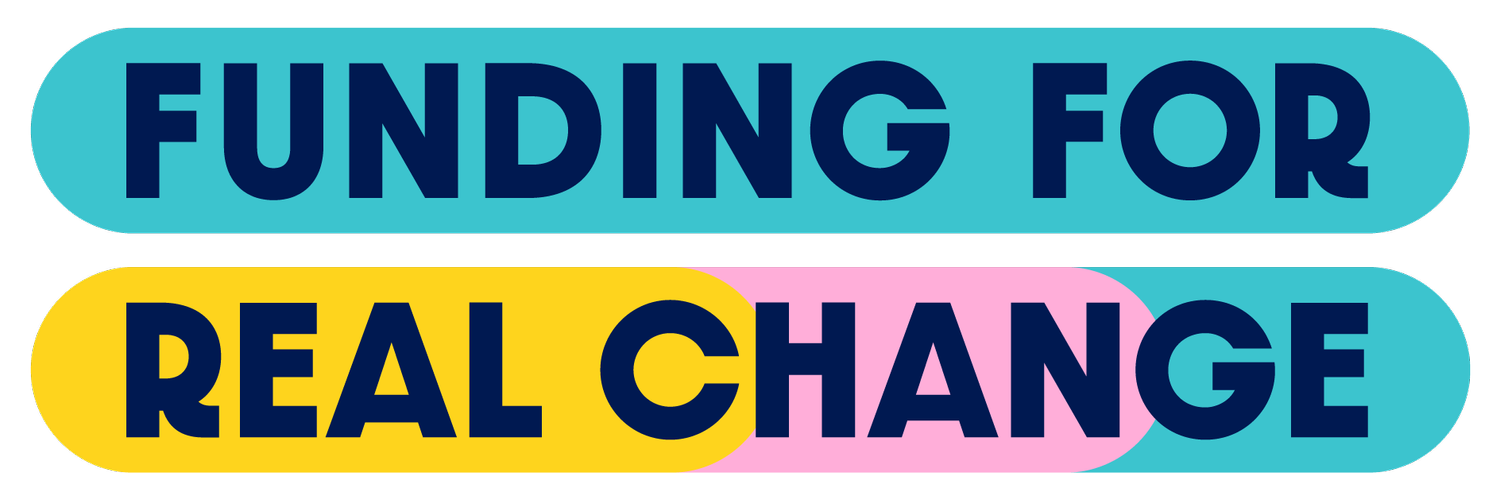Grantmaker Equity Lens
When grantmakers commit to redistribute power and resources and address historic underfunding of historically marginalized leaders (by race, ethnicity, caste, or gender), they encounter a need to offer them multiyear, flexible funding to fill talent gaps, strengthen underfunded organizations, and provide financial runway to plan long-term strategies to repair injustice.
Data Highlight
Funders rated an equity lens on grantmaking as the number three most influential factor leading to greater flexible funding and multi-year funding (Accelerating Equitable Grantmaking Survey, MilwayPLUS, November 2021, n=30).
Additional Resources
Grantmaking with a Racial Justice Lens: A Practical Guide, Philanthropic Initiative for Racial Equity handbook to help foundations align their practices with a racial justice vision
Equitable Grantmaking Continuum, scorecard for funders to evaluate their progress toward equitable grantmaking, prepared by RVC and Vu Le (blog post with overview here)
“Overcoming the Racial Bias in Philanthropic Funding,” SSIR/Bridgespan article on how funders can combat racial bias in their grantmaking processes
We Need to Change How We Think: Perspectives on Philanthropy’s Underfunding of Native Communities and Causes, First Nations Development Institute research report with strategies for increasing philanthropic giving to Native causes
Growing Inequity: Large Foundation Giving to Native American Organizations and Causes—2006–2014, First Nations Development Institute research report
Seeking to Soar: Foundation Funding for Asian American and Pacific Islander Communities, Asian Americans / Pacific Islanders in Philanthropy (AAPIP) report
Collective Good: Recommendations for Philanthropy on Racial Solidarity and Asian American, Native Hawaiian, and Pacific Islander (AANHPI) Communities, AAPIP report with 10 strategies to support and sustain community ecosystems, improve data equity, and reset harmful narratives about AANHPI people
“In the Struggle for Racial and Economic Justice, Don’t Forget Rural America,” Nonprofit Quarterly editorial urging investment in rural areas
Mismatched: Philanthropy’s Response to the Call for Racial Justice, Philanthropic Initiative for Racial Equity research report on funding for racial equity and racial justice
OVERLOOKED (Part 1): Foundation Support for Asian American and Pacific Islander Leaders and Communities and OVERLOOKED (Part 2): Foundation Support for Native American Leaders and Communities, CEP report on concerning trends in relationships between funders and these two communities
https://lgbtfunders.org/research-item/2018-dapp-report/, Funders for LGBTQ Issues report on diversity in the philanthropic workforce
2018 Tracking Report: Lesbian, Gay, Bisexual, Transgender and Queer Grantmaking by U.S. Foundations, Funders for LGBTQ Issues report on totals and trends of grantmaking to support LGTBQ issues
The Out in the South Initiative, Funders for LGBTQ Issues report on initiatives to empower LGBT Southerners to shape their own lives and futures
Getting Started:
-
Read “Overcoming the Racial Bias in Philanthropic Funding,” and discuss ways your foundation needs to embrace humility and make changes. Review data on diversity of grantee leadership and funder staff at each board meeting. Assess your board’s diversity, equity, and inclusion practices, and commit to having your foundation embrace equity at the board level to set the tone for the entire organization.
-
Assess your foundation’s current practices against the Equitable Grantmaking Continuum and discuss the results at a staff meeting (blog post with overview here). Work with your board and staff to set meaningful equity goals for both foundation operations and for grantmaking. Hold yourself accountable for making progress on these goals.
-
Assess the diversity of your grantee portfolio along key metrics: diversity and proximity of senior leadership, issues addressed, marginalized populations supported, etc.
-
Reject restricted funding where it will hobble you, and explain clearly to the funder just why.
